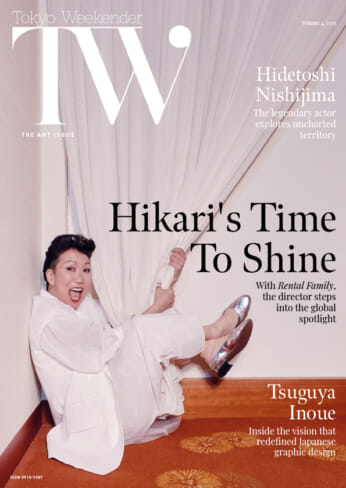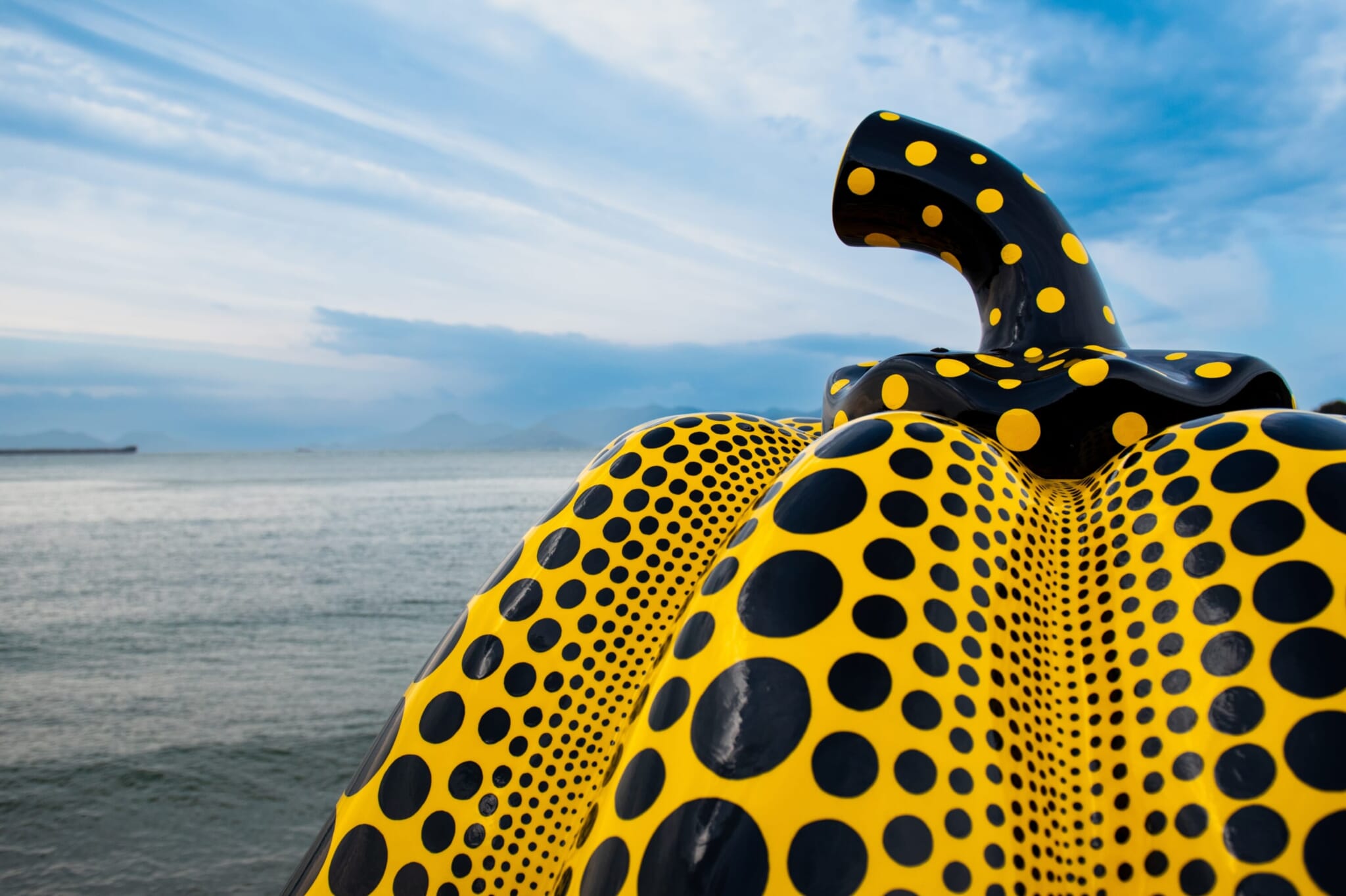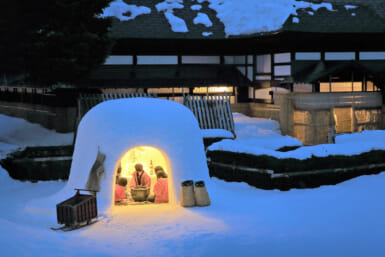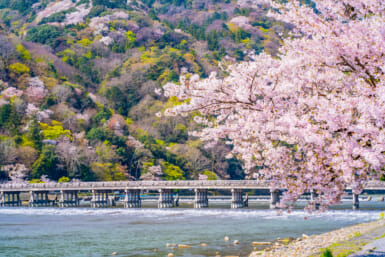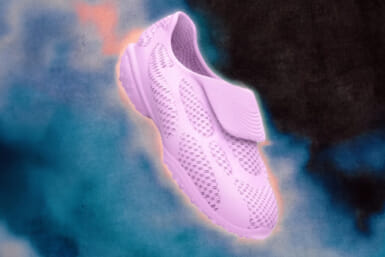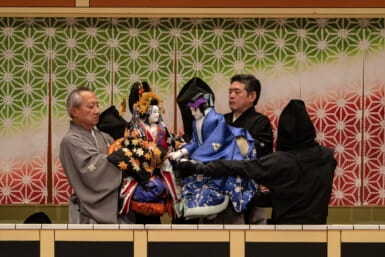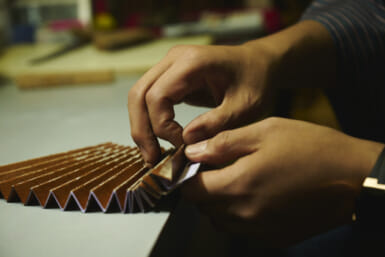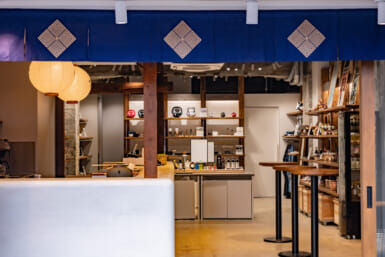Yayoi Kusama is perhaps Japan’s most famous female artist. Known for her bright and colorful artworks featuring countless spots and polka dots, Kusama has been active in the art scene for over 70 years, working from Japan and, for around a decade and a half between the 1950s and 1970s, New York. Many travelers to Japan have “see Kusama” on their bucket list … but where exactly? Spot the prolific artist’s iconic works in the following places.
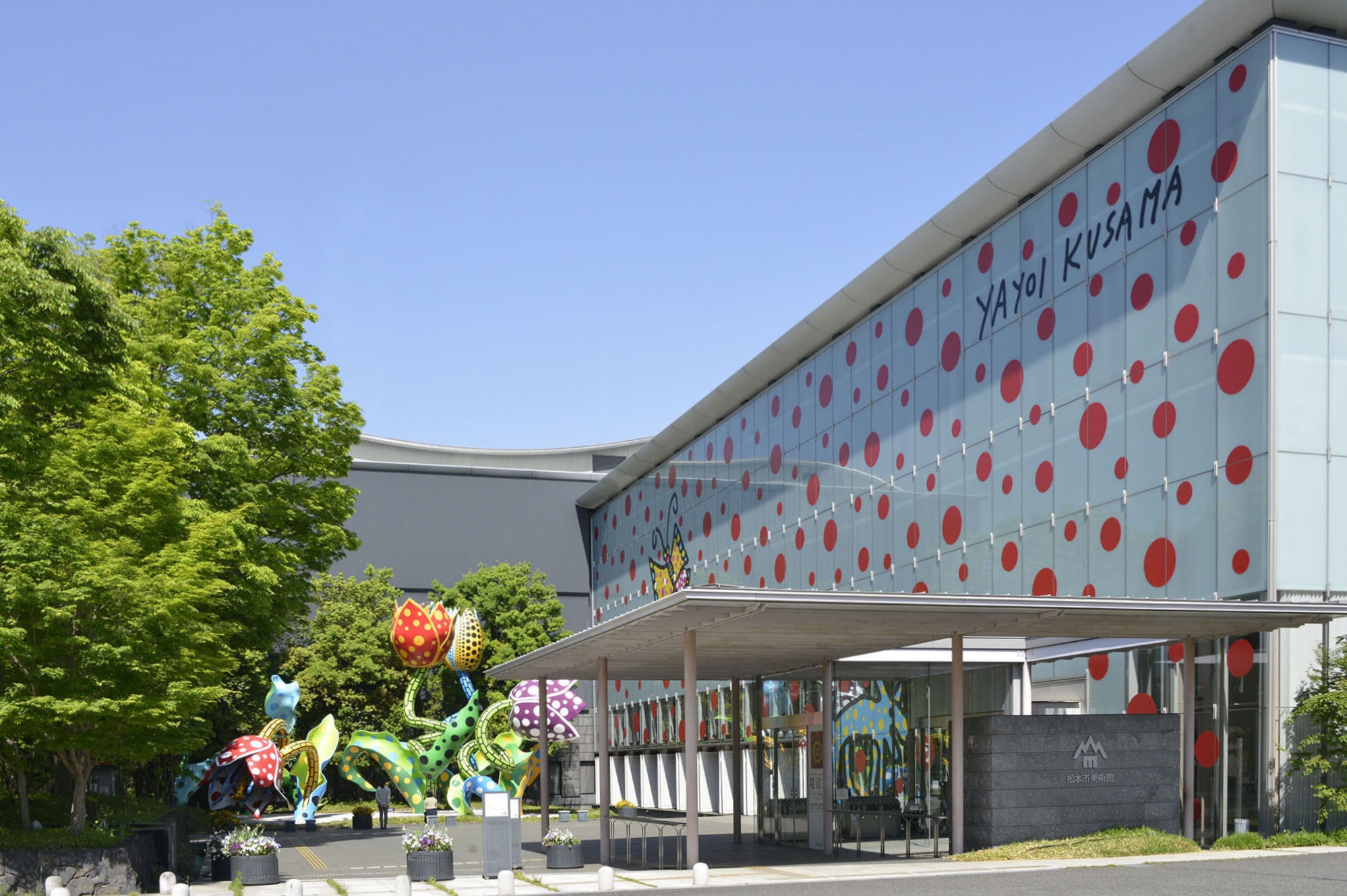
Matsumoto City Museum of Art, Nagano Prefecture
This museum of art in the oft-overlooked city of Matsumoto quietly holds one of the most comprehensive Kusama collections in the country. Matsumoto City Museum of Art‘s enviable collection of Kusama’s earlier works invites visitors to see Kusama in a whole new light, as these paintings stand in stark contrast to her better-known installation works. The museum showcases both Kusama’s darker paintings and, of course, a couple of those bright installations. The exterior of the museum itself is adorned with Kusama’s trademark spots while a Kusama flower sculpture stands in the front garden.
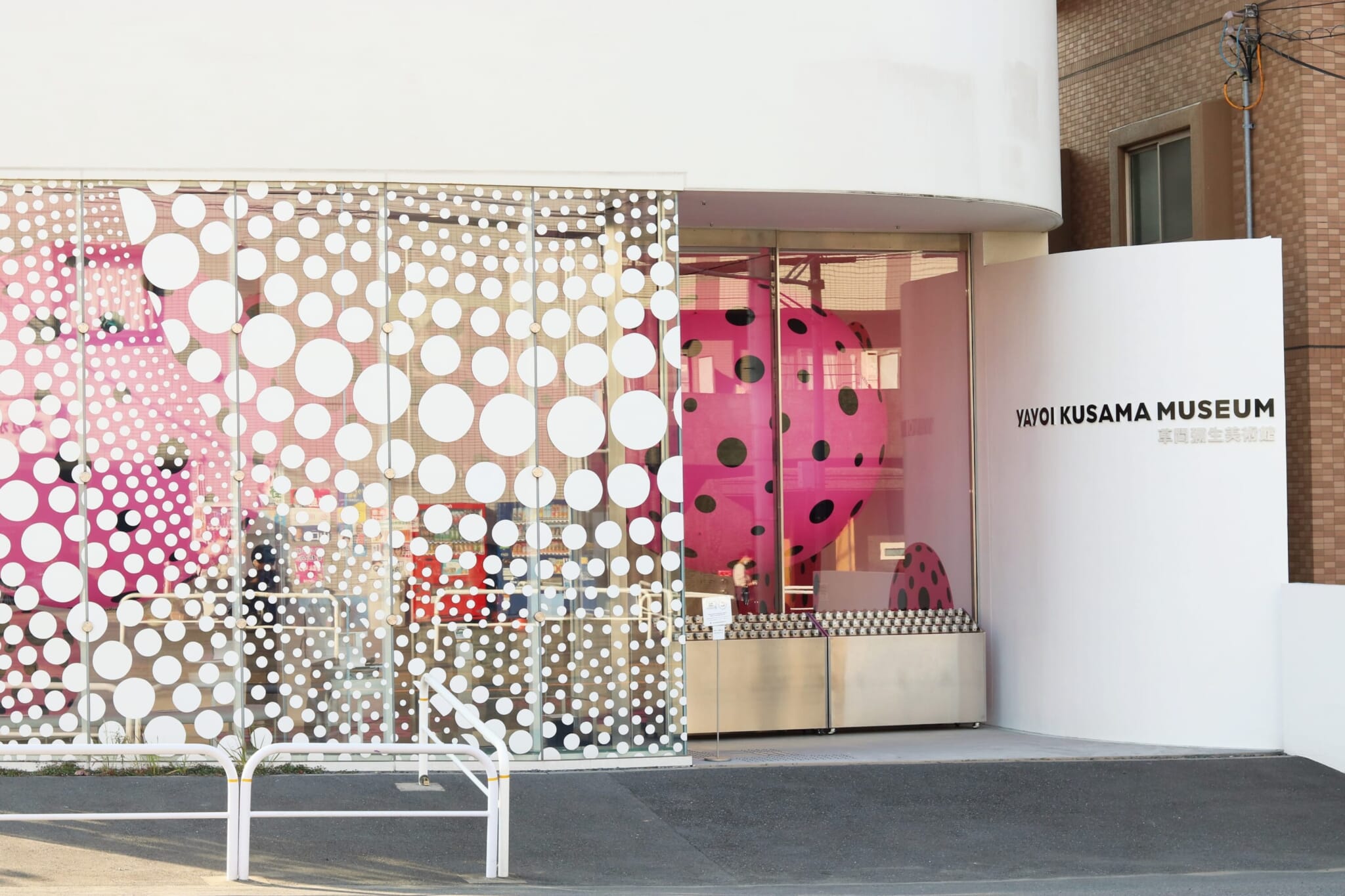
Yayoi Kusama Museum, Shinjuku
Yayoi Kusama Museum, Tokyo Prefecture
Fans of Kusama’s imagery — polka dots, mirror rooms and more — will love the Yayoi Kusama Museum, dedicated entirely to her work. The five-story building boasts several spaces where museum-goers can enjoy Kusama’s art. In addition to large-scale — and highly Instagrammable — installations on the fourth floor, there are rotating exhibits on the second and third floors. Note that tickets are not available on-site and must be reserved in advance via the museum website.
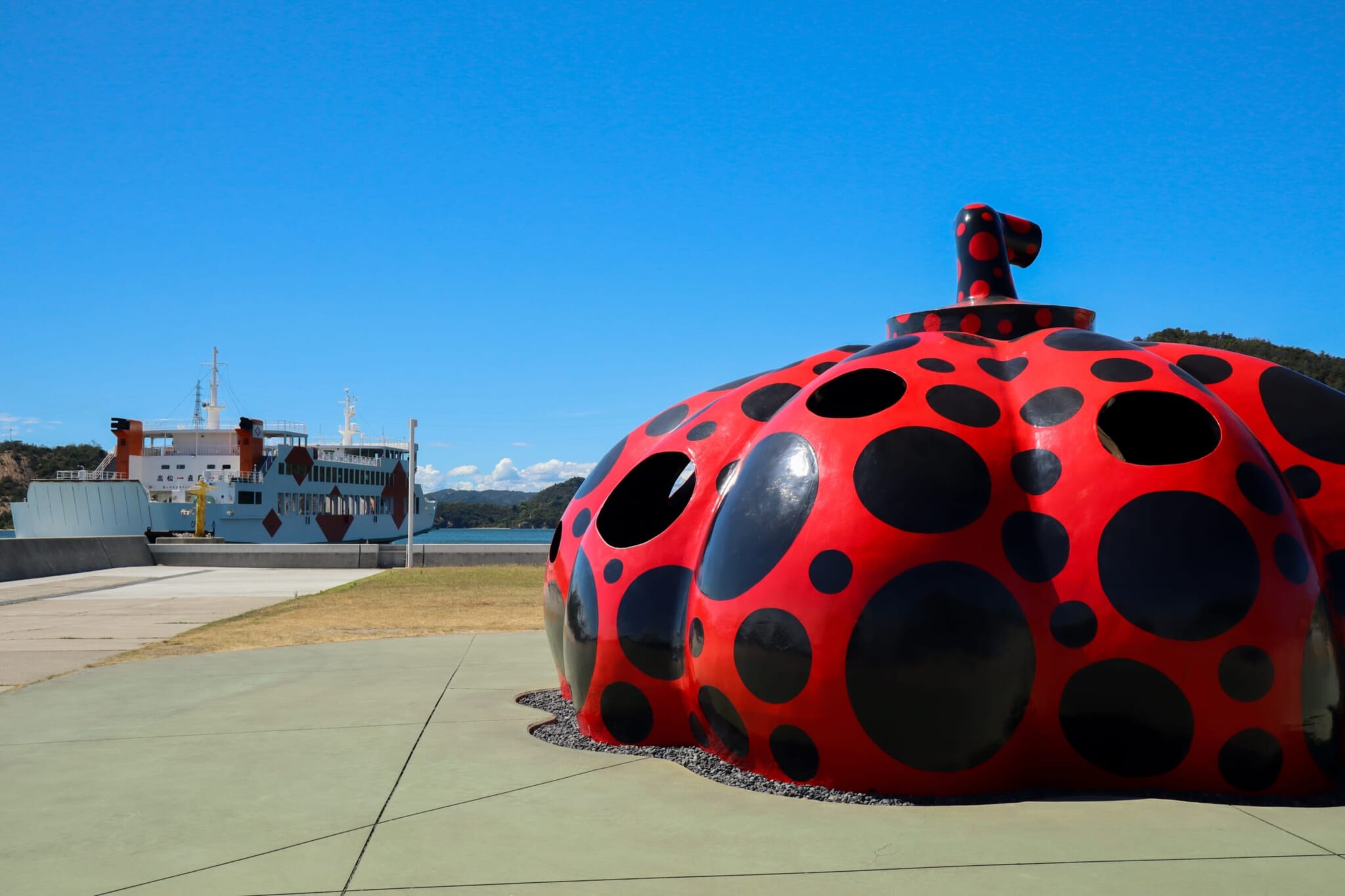
Naoshima, Kagawa Prefecture
The yellow Kusama pumpkin looking out across the Seto Inland Sea might be one of the most iconic “Kusama in Japan” images out there, but the island doesn’t stop at one Kusama artwork. There’s also a red pumpkin near the ferry port — one of the first things that visitors lay their eyes upon when they alight. The red squash is big enough to walk inside, with the spots acting as little peepholes, making it an enviable photo spot.

Yayoi Kusama, ‘Flowers of Shangri-la,’ 2000 ©YAYOI KUSAMA
Kirishima Open-Air Museum, Kagoshima Prefecture
One of the many things that Japan does well is sculpture parks. The Hakone Open-Air Museum in Kanagawa Prefecture and Moerenuma Park in Hokkaido Prefecture will forever remain on the “top art experiences” list. The Kirishima Open-Air Museum on the island of Kyushu is yet another gem. Its 13-hectare space boasts 23 outdoor sculptures and over 40 inside its art hall. It also has two Kusama pieces: “High Heel” and “Flowers of Shangri-la.”
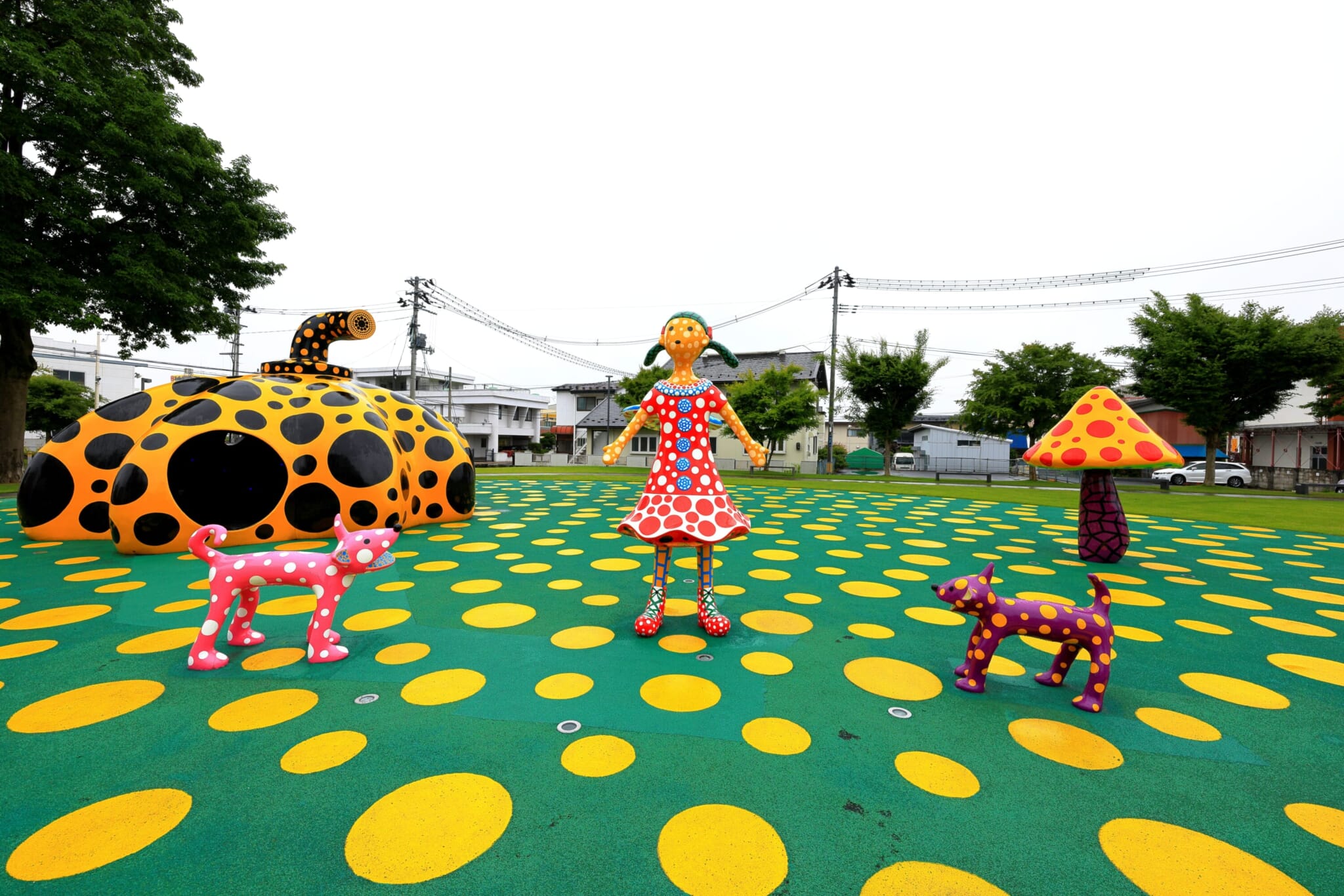
‘Love Forever, Singing in Towada,’ 2010 (c) Yayoi Kusama
Towada Art Center, Aomori Prefecture
Located in the northern reaches of the Tohoku region, the Towada Art Center (TAC) possesses a wealth of incredible artworks ranging from one of Chiharu Shiota’s red-threaded installations to Ron Mueck’s “Standing Woman.” TAC’s collection allows viewers to experience cutting-edge contemporary art in its ample space. In addition to its gallery, the museum boasts an Art Square, which is where you’ll find Kusama’s “Love Forever, Singing in Towada,” an artwork made up of eight pieces that doubles as a children’s playground.
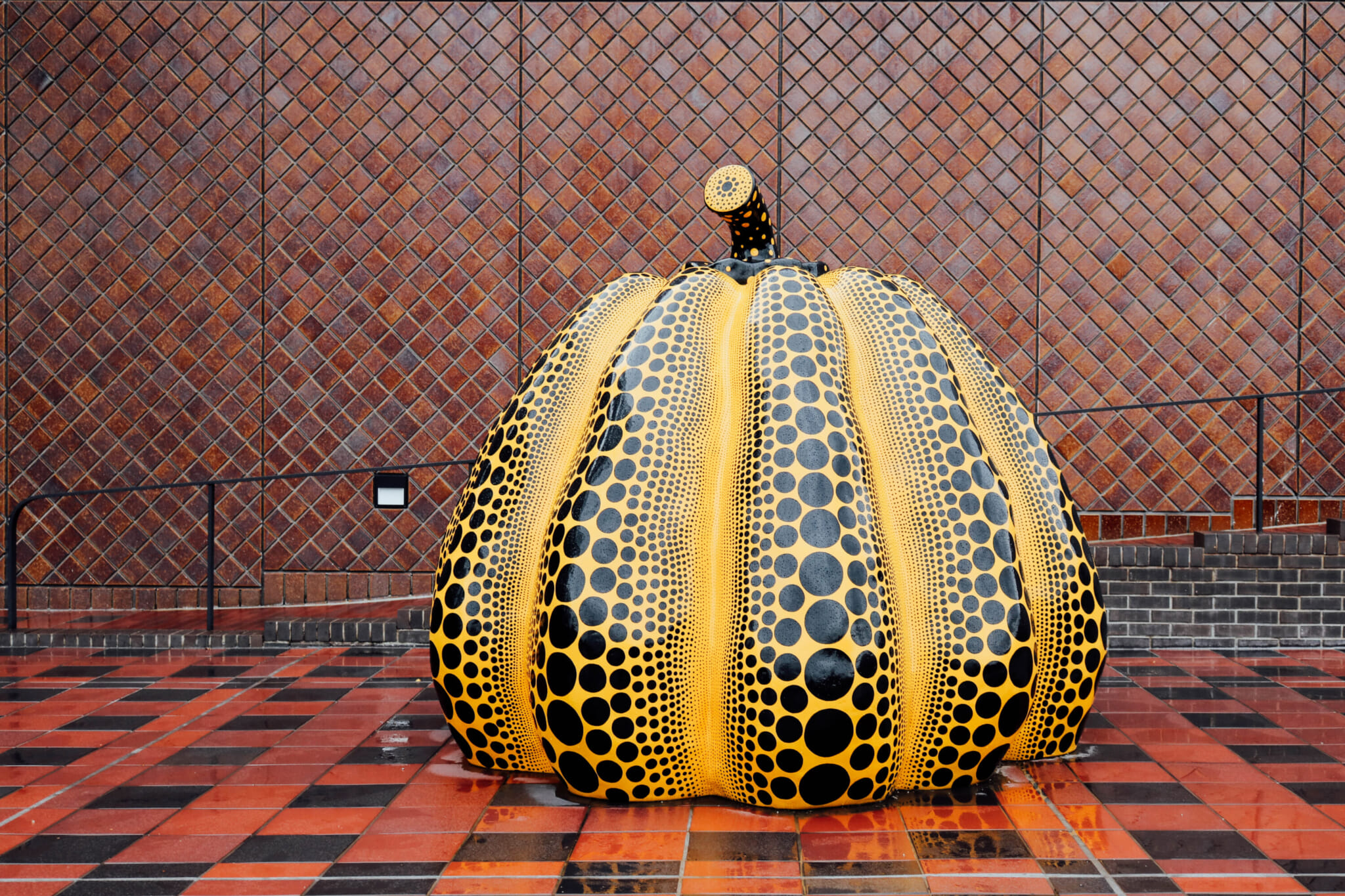
Fukuoka Art Museum, Fukuoka Prefecture
Fukuoka Art Museum in Fukuoka city’s Ohori Park houses a significant number of modern, contemporary and pre-modern artworks produced between approximately 5000 BCE and today. Featuring works ranging from pottery dating to between 2200 and 2000 BCE to the 12-century hinoki cypress statue “Standing Bhaisajyaguru” to Yinka Shonibare CBE’s colorful 2021 creation “Wind Sculpture (SG) II,” the Fukuoka Art Museum presents visitors with a trip through the art history books. Coming in at the modern end is Kusama’s OG spotted squash: “Pumpkin,” her first outdoor sculpture and the one that started it all. Iconic.
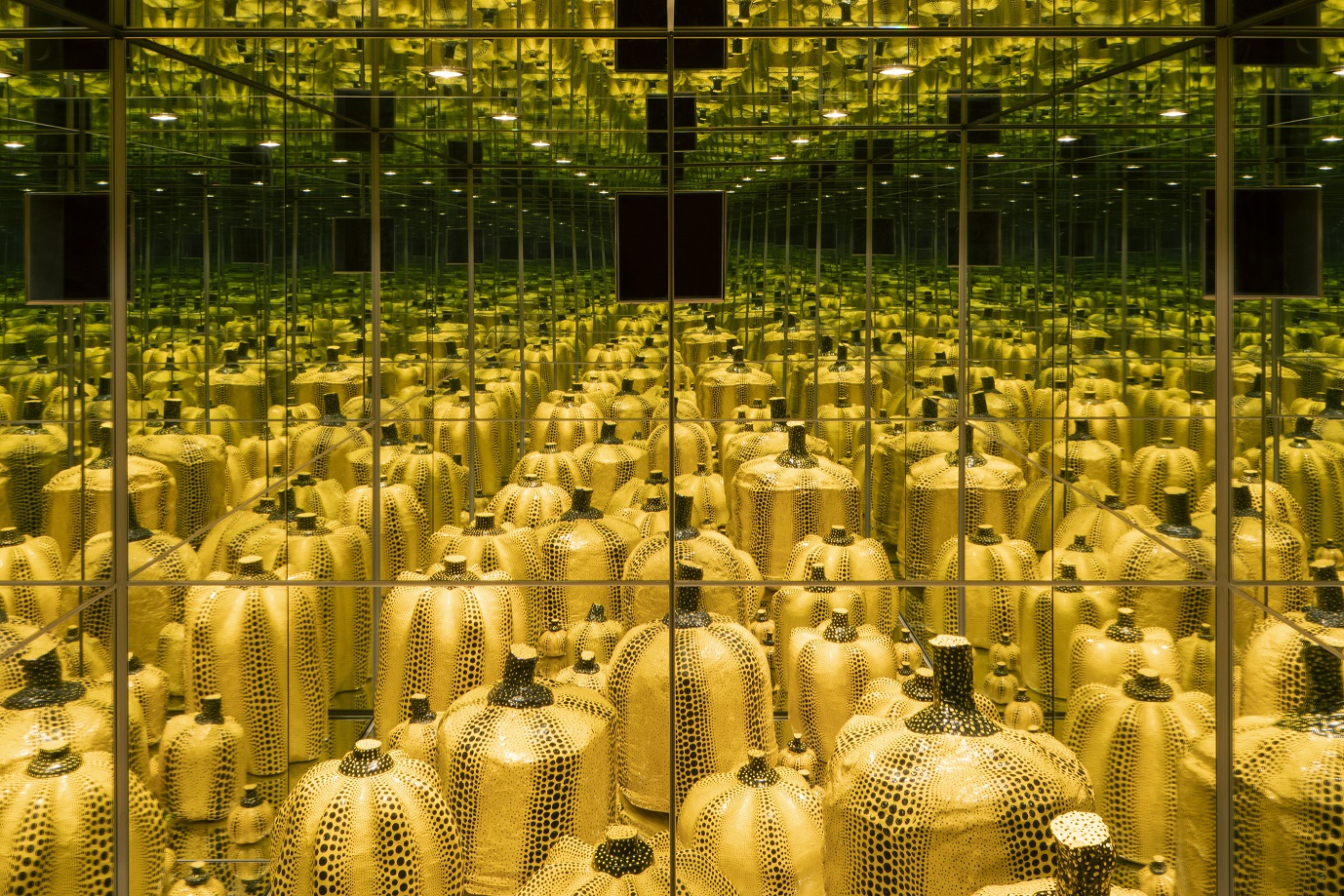
Yayoi Kusama, ‘Mirror Room (Pumpkin),’ 1991/1992 ©YAYOI KUSAMA / Photo by Shinya Kigure
Hara Museum ARC, Gunma Prefecture
Hara Museum ARC is a sleek, Arata Isozaki-designed art center located within view of majestic mountains in the countryside of Gunma Prefecture. It’s split into three contemporary, pyramid-roofed galleries and Kankai Pavilion, built in homage to traditional Japanese architectural styles. The complex boasts a variety of contemporary art pieces, and it features rotating exhibitions, too. In addition to Kusama’s “Mirror Room (Pumpkin),” you’ll also find iconic pieces by Yasumasa Morimura and Yoshitomo Nara.
Related Posts
- Yayoi Kusama, Onsen and Stargazing in Towada City, Aomori Prefecture
- A Guide to Naoshima: A Summer Island Retreat
- Must-do in Kyushu: 72 Hours in Fukuoka
Updated On January 24, 2025
